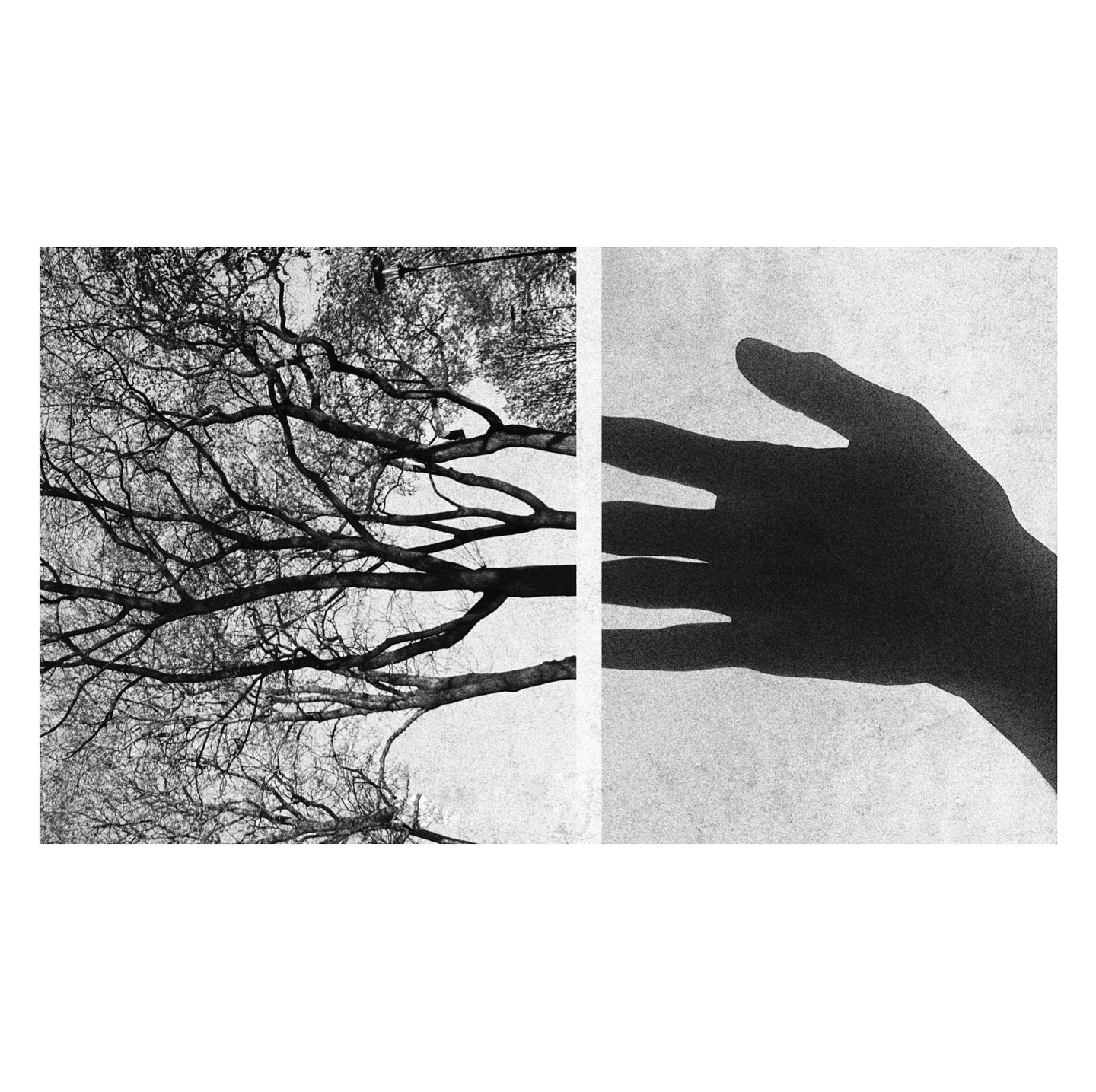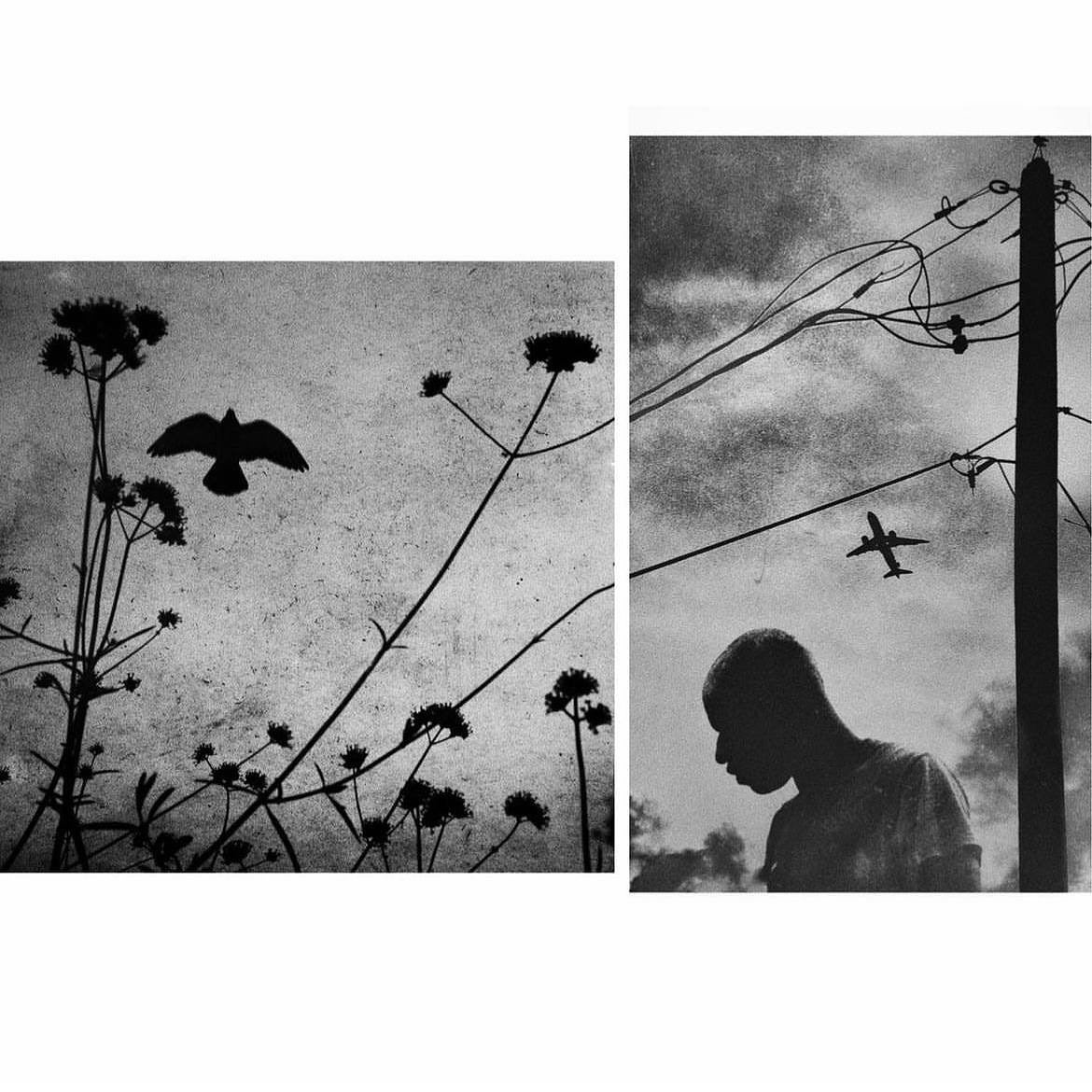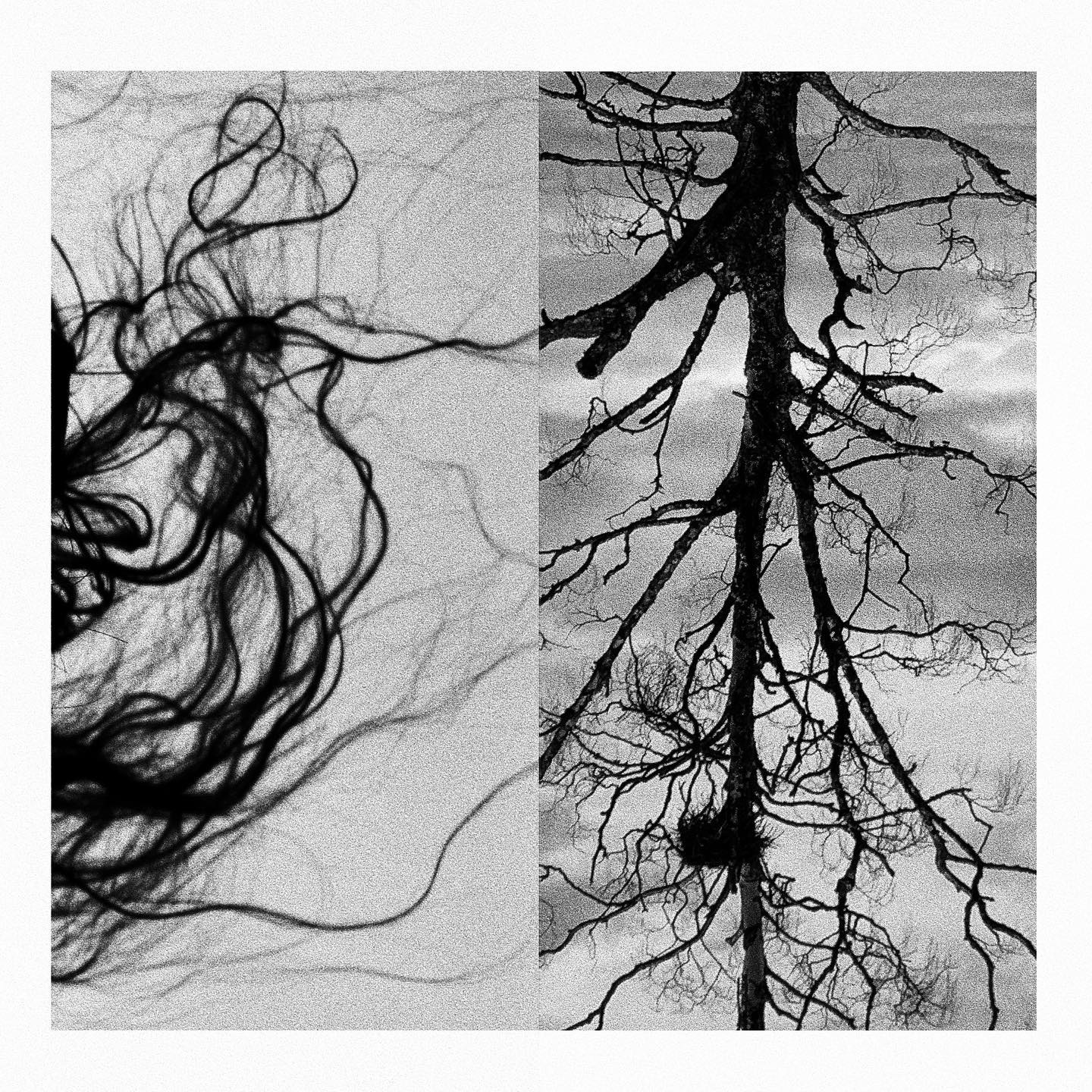Stockholm based photographer, Joakim Möller, frequently creates photomontages out of his black and white photographs. These are a sort of collage that puts together two or more of his photos that have been cropped into individual rectangles and squares. In one photomontage, a person’s fingers turn into the branches of a tree, in another, power lines morph into flowers. A person’s neck movements can mimic those of a bird’s, and another’s hair snakes the way tree roots do. These are some of the metaphors that Möller’s photographs conjure.
Here and there, they remind his viewers of their connection to nature. They ask his audiences to cherish how humankind exists as a part of the ecology, not as a separate entity. His pieces become reminders that humanity does not exist above or below nature, but something that is equal and should exist in harmony with each other. This is why photomontages by Möller are relevant to United Nations Sustainable Development Goal of Life on Land.

Despite these messages being clear in Möller’s pieces, he admits that what first drew him to photography was the element of surprise that comes with quickly capturing real moments of life on the streets. Yet still, the resulting black and white images show his prowess of the medium. They employ well adjusted contrasts and balanced compositions, to create a harmonious experience that is nothing short of poetry. This echoes Henri Cartier-Bresson’s street photography, one which betrays the skill set of someone who has either professionally trained in the art or has been practicing the craft often enough for a lengthy period of time.
”For me, it is important to not have a clear idea of what I want to say with my photographs beforehand. Photography is to me just a visual diary,” said Möller in an interview with Timeless Streets. That may be how his individual photographs have come to be, but it is easy for audiences to see that his photomontages instead have a significant amount of premeditated thought behind them. What he has created is a sense of harmony between different elements, the visual form of a lyrical composition.

Harmony is also exactly what Möller must feel on his photowalks, as the synergy between humankind and the nature that he has depicted could have only come from experiencing it. This synergy was found on the streets of Stockholm—a city with plenty of green spaces, a city where lakes, parks and green corridors intertwine with the hustle bustle of everyday human life.

Recently, Möller has also gathered these photomontages and published them as Setanta Book Store’s 17th Bi Monthly Zine. “I do it because of that childlike curiosity, which makes me want to explore. Searching in the world around me and within me,” wrote Möller in the zine’s introduction. In doing so, he has effectively shared his messages of harmony with nature. The photomontages he creates are soothing, nostalgic and at the same time, hopeful for a better future, one where humankind will be truly equal with nature.
Find out more about these photomontages and Joakim Möller’s other pieces by checking his Instagram on @moller_joakim.
